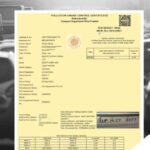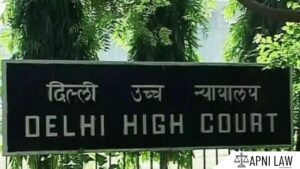On Friday, July 26, the Supreme Court recommended deploying remote sensing technology in the National Capital Region (NCR) to tackle vehicular pollution. The court directed the Centre to make a decision on this matter within two months.
A bench of Justice Abhay Oka and Justice AG Masih instructed the Secretary of the Ministry of Road Transport and Highways (MoRTH) to immediately organise a meeting with NCR state counterparts to discuss the implementation.
The order mandates sending copies to NCR authorities to secure their cooperation.
Acknowledging the four-year delay, the court emphasized the need to begin using remote sensing technology.
Therefore, to begin with, it will be appropriate that the use of technology can commence in NCR areas.”
MoRTH is expected to seek cooperation from NCR authorities. They can approach the court for further instructions if non-cooperation occurs.
Amicus Curiae Senior Advocate Aparajita Singh initially suggested using remote sensing technology on July 15. This was based on Report No. 99 from the Environment Pollution (Prevention & Control) Authority (EPCA) dated July 26, 2019. This highlighted the limitations of Pollution Under Control (PUC) tests. It recommended remote sensing as an additional measure.
On August 19, 2019, the court had directed MoRTH and the Law Ministry to make a final decision and file a status report. However, the recent report was found disappointing by the Amicus Curiae Aparajita Singh. The Ministry did not adopt the remote sensing technology suggestion.
The court emphasised the need for MoRTH to seriously consider using remote sensing technology for pollution control. Solicitor General Tushar Mehta assured the court that the Ministry would reconsider the recommendation.











